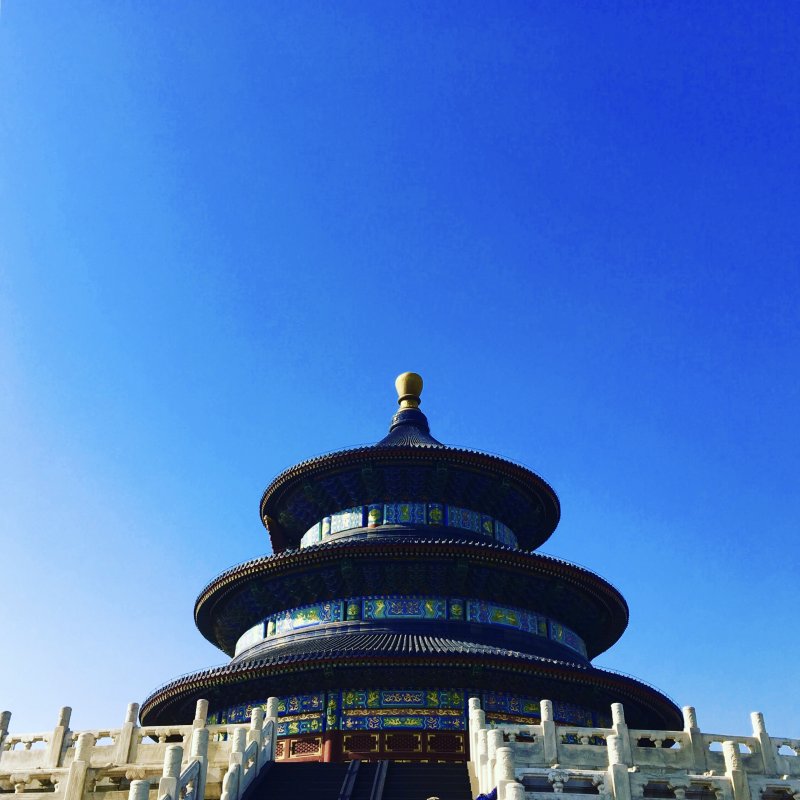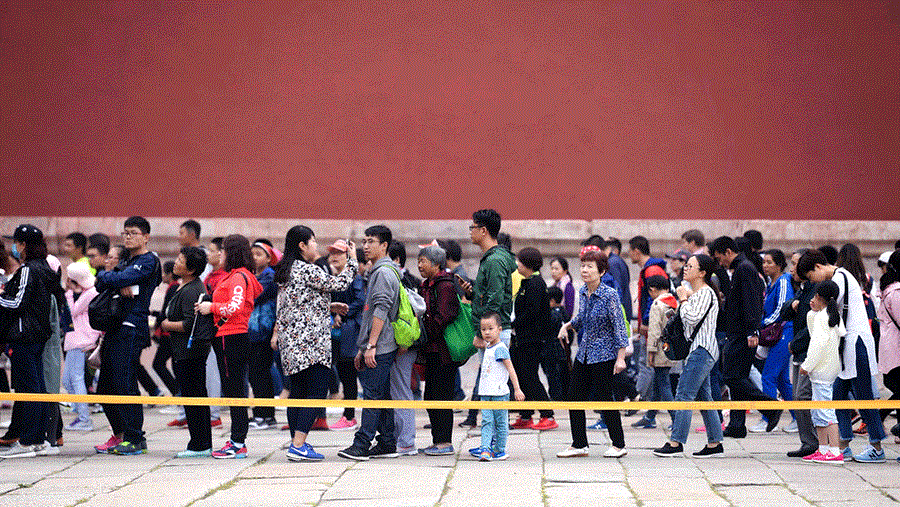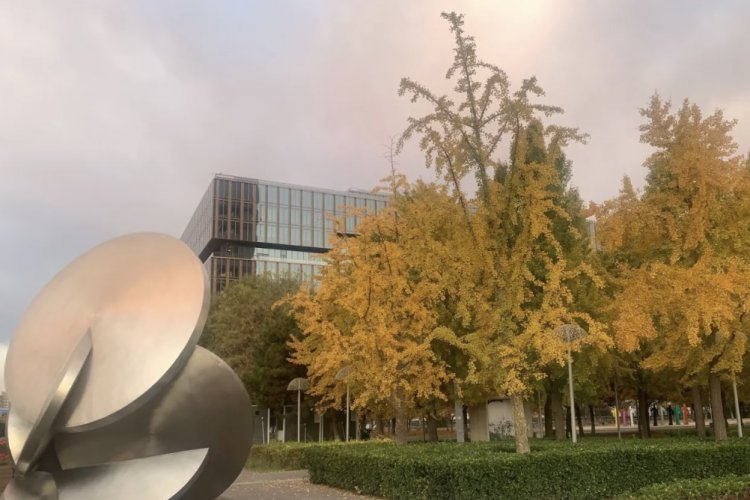Dreading a Visit to the Forbidden City? Try These Imperial Alternatives Instead
That dreaded feeling: You have friends/relatives coming to Beijing and they all want to see the Forbidden City. You, a savvy Beijing resident, would rather gargle Houhai lake water than spend an hour wrestling with the ticket reservation website just for the privilege of joining a traveling rugby scrum of tourists through the gates of the old palace.
How to keep your sanity while satisfying your guests' demands for imperial architecture? Try these four "Forbidden City alternatives" instead:

Yonghegong (Lama Temple)
Yonghegong (Lama Temple) is a Beijing' traveler's two-fer: An imperial palace converted in the 18th century into an Indo-Tibetan Buddhist temple and monastery. Built in 1694 as the home of Yinzhen, the son of the Kangxi Emperor, the future Lama Temple became imperial real estate after Yinzhen succeeded his father to become the Yongzheng Emperor in 1722. Yinzhen kept the place as a funhouse/alt-palace after his big move to the Forbidden City, and it's also where his son, who would become the Qianlong Emperor, was born in 1711. When Yinzhen passed away in 1735, his family faced a small decor dilemma: What to do with dad's old pad? As a former dwelling of an emperor, they couldn't just hand it over to a cousin or convert it into a rumpus room. According to legend, the mother of the Qianlong Emperor, Empress Xiaoshengxian, suggested that the space be used for sacred purposes. Today, a one-hour walk through the temple is a superb way to enjoy imperial-style design while also learning more about the Gelug School of Indo-Tibetan Buddhism and it's relationship with the Qing imperial family.

Tai Miao (Imperial Ancestral Temple) aka The Working People's Cultural Palace
Just to the east of Tiananmen Gate is the entrance to the "Working People's Cultural Palace" also known as the Imperial Ancestral Temple. This is the cheat code version of the Forbidden City: Nearly identical architecture and spaces with 99 percent fewer other humans to share those spaces. If you're slick enough – or your guests aren't paying sufficient attention/are still hungover from the night before – you can fool them into thinking they are actually in the Forbidden City proper.
Built at the same time as the palace next door, the central Hall for the Worship of Ancestors is a close clone of the Hall of Supreme Harmony, the main ceremonial space ("throne room") in the Forbidden City. Converted into a public park in the 1920s, the spaces here avoid the huge crowds and queues although it is a popular destination for the about-to-be-wed set getting their pictures taken.
(Also look for the statue to Shi Chuanxiang near the southwest corner of the Imperial Ancestral Hall. As part of the park's 20th-century mandate to highlight the workers of the country, Mr. Shi has been immortalized in stone. He was the "Shit King of Beijing", a night soil collector who rose to become a model worker in the newly-founded People's Republic before becoming a victim of the Cultural Revolution.)

Summer Palace (Yihehuan)
One of the things they don't tell you at the Forbidden City is that the emperors were rarely there, especially the emperors of the Qing Empire (1644-1912) who built elaborate imperial gardens in the shadow of the Western Hills of Beijing. Although these gardens are often referred to in English as the "Summer Palaces" emperors and their families in the 18th and 19th centuries sometimes spent up to 10 months of the year in the imperial gardens or in hunting lodges further afield, returning to the Forbidden City only in winter or for important official and ceremonial functions.
The imperial gardens were intentionally looted and destroyed by British and French soldiers in 1860, but remnants and late-19th-century reconstructions still exist, including the Yiheyuan, the Summer Palace, which remains one of Beijing's most popular tourist attractions. Like the Forbidden City, the Summer Palace can get crowded on peak weekends especially in the precincts around the East Gate. Travel like a pro and avoid the masses by heading to the southern and western shores of Kunming Lake. There you'll have the best chance of experiencing imperial life as you lazily walk through the trees admiring the manicured landscapes and perhaps even stopping for a quiet cup of tea.

Temple of Heaven
At least twice a year, the emperors were supposed to make their way south along Beijing's central axis to the grounds of the Temple of Heaven to carry out rituals to venerate Heaven or to pray for good harvests in the coming year. The Hall for Good Harvests – the triple-tiered tower which is a Beijing icon – is the highlight. Twenty-eight columns (the number of constellations in the Chinese night sky) hold up three rooftops of glazed blue tiles. But there's more to the Temple of Heaven than stunning construction. The park itself is a great place to take out-of-towners looking to get a taste of Beijing life.
On weekend mornings, there is an abundance of activity including martial arts, qigong, tai chi, singing, dancing, chess playing, exercise, and an occasional – but lively – marriage market where parents exchange info about their singleton offspring in the hopes of finding a love connection. Think of it as "low-tech Tinder where your parents do the swiping." Good times. Also look for the Hall of Abstinence, which may or may not also have been the nickname of my dorm in college. The Hall of Abstinence at the Temple of Heaven, located near the West Gate, is where the emperors would come to purify themselves for a couple of days before major ceremonies, including abstaining from sex, wine, meat, and even food with strong flavors such as garlic, chilies, or onions.
Jeremiah Jenne is a writer and history teacher living in Beijing. He leads historical walks and educational programs for his company Beijing by Foot.
Need a break from the big smoke? Get Out, with our handy travel guides, right here.
Photos by Jeremiah Jenne







